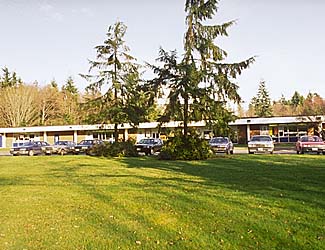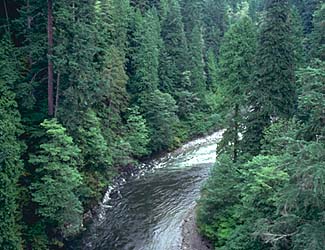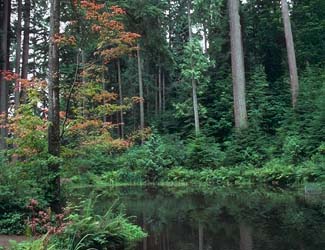
Home | About Us | Projects | Maps | Facts
California GAP Analysis Predicted Distribution Map

Home | About Us | Projects | Maps | Facts
Species Code: M153
|
Habitat
Raccoons are found along nearly all waterways and water bodies where cover for shelter and protection is provided by hardwood trees, cavities in canyon walls and rock outcrops, or old buildings. Also found in cultivated or abandoned farmlands, and residential areas. In the northeast, they are confined to the riparian zone, farmland, and small cities along the major river drainages. Generally not found in conifer forests except in smaller patches of suitable deciduous vegetation.



|
Core zones included all low elevation zones, steppe zones and Ponderosa Pine and Oak. In the west-side core zones, good habitat is low and medium density development, agriculture, water/wetlands, and hardwood forests. In the steppe zones, similar habitats, plus irrigated agriculture, are good habitat.
Design by Tim Knight